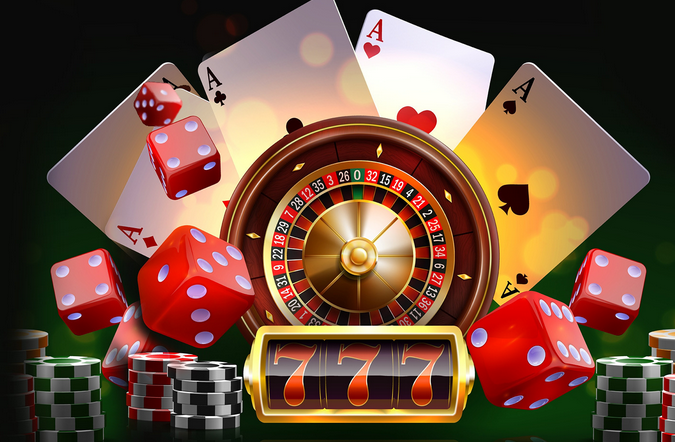One of the more unanticipated side effects of a neurological injury can be a condition known as Foot Drop. Dr Gary Edwards Navigating life post-injury is challenging, especially with added difficulties like Foot Drop. This article aims to shed some light on Foot Drop, its possible treatments and rehabilitation strategies.
Understanding Foot Drop
Foot Drop Unpacked
Dr Gary Edwards Foot Drop is a condition characterized by difficulty lifting the front part of the foot, which might cause the foot to drag while walking. It isn’t a disease itself but rather a sign of underlying neurological, muscular or anatomical conditions. Generally, Foot Drop is a consequence of nerve injury that might occur due to stroke, spinal cord injury or other neurological disorders.
Effective Treatments For Foot Drop
Physical Therapy
Engaging in physical therapy can strengthen the foot and leg muscles, improving walking ability. Therapists also use techniques such as nerve stimulation to ameliorate the condition.
Bracing Or Splinting
Foot Drop can be managed using braces or splints on the ankle and foot. This can stabilize the foot and aid in a more normalized walking pattern.
Surgical Options
In severe cases, doctors might suggest surgery. This could involve fusing foot or ankle bones, implanting a nerve stimulator, or even transferring tendons from stronger muscles.
Expert guidance from professionals, like Dr Gary Edwards, can help you decide which treatment options suit your needs the best.
Positivity: The Key To Dealing With Foot Drop
Transcending Challenges: A Positive Approach To Rehabilitation
While coming to terms with Foot Drop following a neurological injury is indisputably hard, maintaining a positive outlook is crucial. Embrace the small wins, set realistic goals, and take one day at a time – and remember, you’re not alone in this journey.
Encourage open discussions with healthcare providers regarding concerns about your condition. Seek support groups within your community or online. Their shared experiences can be immensely reassuring.
Conclusion
Though challenging and, at times, overwhelming, dealing with Foot Drop after a neurological injury is an achievable goal. It’s important to remember that each person’s journey is unique, and what worked best for one might not work for another. If one path doesn’t suit you, don’t lose heart—there are always other avenues to explore.



